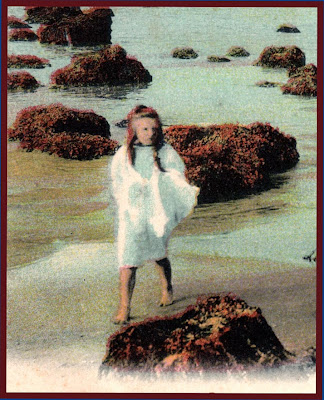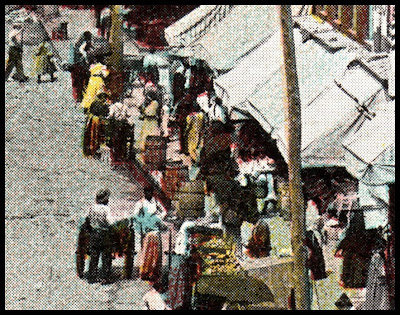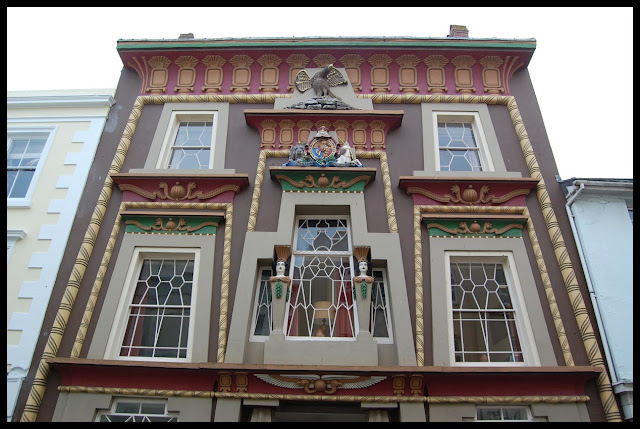
The mid-century advertising campaign for Life Savers confectionery was a landmark in creative excellence. One of the defining characteristics was a superbly inventive use of white space, often in combination with minimal, serial imagery, presented with visual wit and grace. The two examples below illustrate the point. The image above neatly overturns all our expectations by depending for its impact on a large expanse of black. Originating in the late 1940s, it displays a relaxed attitude to racial stereotyping that would be unacceptable today. But, when first published it would have been seen as a witty backward glance to the lost age of the Minstrel Show and a reworking of the classic poster for Al Jolson in
The Jazz Singer from 1927.

It was a great achievement to sustain such a high level of creativity in a campaign for an impulse purchase that cost no more than a nickel. Much of the credit must go to Harlow Rockwell (1910-88), Art Director with the New York ad agency, Young & Rubicam. Rockwell had the job of commissioning about ten full colour advertisements each year for the pages of mass circulation family magazines (Life, Look, Colliers, Saturday Evening Post, etc.). Photography was occasionally employed but for the most part these were highly desirable tasks for illustration specialists, especially children’s book illustrators. The look was always crisp, clean, fresh and spare in a way that made it truly stand out in an age dominated by text-heavy advertising. Rockwell later developed a second career as an illustrator of best selling non-fiction books for pre-school children in collaboration with his wife, Anne.

The racial complexities of blackface performing in the vaudeville era are explained with humour and relish in the pages of Nick Tosches’ book,
Where Dead Voices Gather. It’s an amazingly detailed survey of a lost era in early American music that turns out to have very direct links with the music of the present. A highly recommended read. For lots more examples of Life Savers advertising, please visit the
Visual Telling of Stories. Lastly, to brighten up our day, here comes one of 75, smartly turned out Life Savers girls employed to hand out 2000 free packs of Life Savers, each containing 3 sweets, on the streets of New York in the 1930s. To qualify for this work, a candidate had to be exactly 5’ 4” tall and measure 34-26-36 to fit into a one-size-fits-all uniform. They were required to launder the uniform each week and utter the magic words “
Life Savers are always good taste” each time they hand out a sample.









































